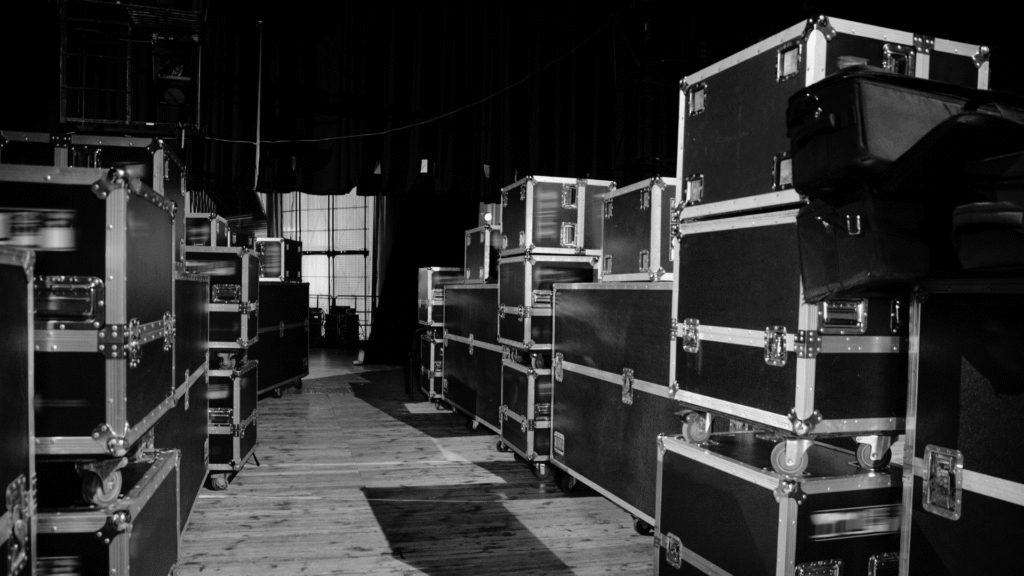Live events are powerful experiences that bring people together—whether it’s a concert, festival, corporate gathering, or community celebration. But behind every successful event is a complex, well-coordinated production process that transforms an idea into an unforgettable moment for the crowd.
At Hezekiah Productions, we believe great live events start long before the doors open. Here’s a behind-the-scenes look at the key stages of live event production and what it takes to deliver a seamless experience.
1. Concept Development and Planning
Every event begins with a vision. What’s the purpose? Who’s the audience? What emotions or actions should the event inspire? In this stage, creative directors and producers work with clients to define goals, themes, and budgets.
Planning also involves selecting dates, venues, and key partners—like AV providers, talent agencies, and sponsors. A clear plan sets the foundation for everything that follows.
2. Design and Technical Setup
Once the concept is clear, the design team creates the visual and experiential elements—from stage design and lighting to branding and signage. Simultaneously, the technical crew plans the audio, video, and lighting systems required for the event.
This stage ensures the event space is tailored to the audience and purpose, with every detail considered to maximize impact and comfort.
3. Rehearsals and Coordination
Before the event day, rehearsals bring together performers, speakers, and crew to fine-tune timing, cues, and transitions. Communication flows between production managers, stagehands, and technical teams to synchronize lighting, sound, and visuals.
Rehearsals reduce surprises and build confidence for a smooth live experience.
4. Event Execution
On event day, every piece comes together in real time. The production team monitors sound levels, lighting effects, video playback, and crowd flow, adjusting as needed to maintain energy and safety.
Behind the scenes, producers troubleshoot issues, manage timing, and coordinate staff to ensure the show runs flawlessly.
5. Post-Event Wrap-Up and Analysis
After the crowd leaves, the team handles breakdown, equipment return, and venue restoration. But the work isn’t over—post-event reviews assess what went well and what could improve.
Client feedback, attendee surveys, and performance data help refine future events and guide continuous improvement.
Why Professional Live Event Production Matters
Great live events don’t happen by accident—they require experience, collaboration, and attention to detail. When production is expertly managed, audiences feel engaged, safe, and immersed. It’s the difference between a fleeting moment and a lasting memory.
At Hezekiah Productions, we combine creativity with logistics to deliver live events that captivate and connect. From intimate gatherings to large-scale concerts, our team handles every detail so you can focus on the experience.
Ready to turn your event vision into a reality that moves the crowd? Contact us today to get started.

